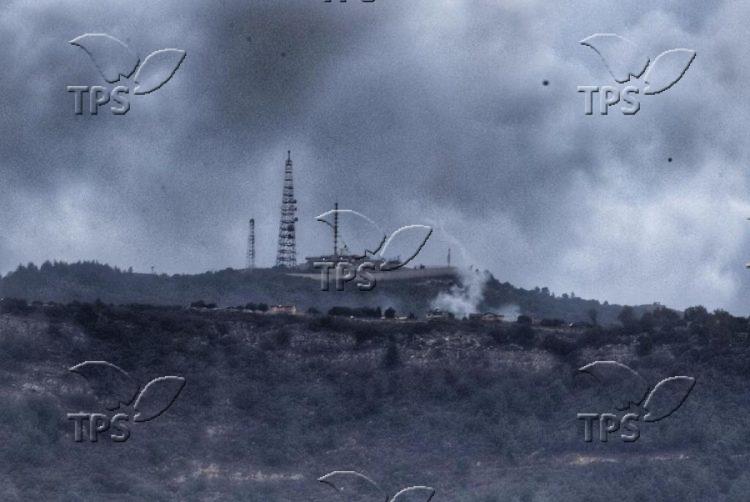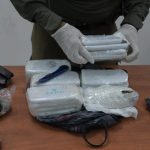Hezbollah’s Attack on Israeli Base Was a Wake-Up Call
Jerusalem, 9 January, 2024 (TPS-IL) -- Hezbollah’s Jan. 6 attack on the Israeli Air Force’s Meron air traffic control base, likely using Iranian-supplied Kornet-EM missiles, marks a significant escalation by the Iran-backed terrorist group.
The day before the attack, Hezbollah chief Hassan Nasrallah had threatened retaliation for the Jan. 2 assassination of Saleh Al-Arouri, Hamas’s deputy politburo chief in Beirut.
This attack on the Meron base, located about 5 miles from the Lebanese border, underscores Hezbollah’s ability to carry out precision strikes on Israeli strategic and military targets. The Kornet-EM, which has a range of approximately 10 kilometers (6 miles), enabled Hezbollah to inflict damage on the Northern Air Control Unit on Mount Meron.
Hezbollah released a propaganda video of the attack on Sunday, showing the coordinates of the target and the firing of several projectiles directly at it.
This attack is not just a tactical development; it represents a crucial reminder of Hezbollah’s ability to target sensitive Israeli sites.
Beyond its thousands of anti-tank missiles, which are limited in range, Hezbollah’s vast arsenal of projectiles includes possibly up to 100 precision guided missiles, according to a 2022 report by the Alma Center, a defense research group specializing in security threats in Lebanon and Syria.
While Hezbollah has been struggling to convert unguided rockets into precise missiles on Lebanese soil, it likely possesses dozens of medium-range Fatah 110 missiles received from Iran, or assembled on Syrian soil before being smuggled into Lebanon. These missile have a range of 300 kilometers (186 miles) and are highly accurate. They represent an acute danger to core Israeli military and civilian systems.
The Israeli Defense Forces’ response to Saturday’s attack was swift and targeted—yet, some would say, limited.
According to IDF Spokesperson Rear Adm. Daniel Hagari, the military conducted strikes on multiple Hezbollah targets in Lebanon, including a compound used by Hezbollah’s surface-to-air missile unit and other significant assets.
The targeting of Hezbollah’s surface-to-air missile capabilities is important, due to Hezbollah’s attempts to threaten the activities of manned and unmanned IAF activity over Lebanon. Hezbollah has been using an Iranian-made missile called the “358” to do this—a missile also found, by no coincidence, in the possession of the Houthis in Yemen.
The IDF also eliminated seven Hezbollah terrorists on Saturday, some of whom were part of the assault on Mount Meron.
On Sunday and Monday, the IAF continued with strikes, targeting, among others, Hezbollah’s elite Radwan force.
“Our focus on Hezbollah’s Radwan forces in southern Lebanon is driving them away from the border. We are determined to continue creating a different security reality in the north, one that ensures safety for the residents,” said Hagari.
“I want to say to the public: We face a challenge in the north, and we are prepared for it. We are deployed along the entire border and are at very high readiness, both in defense and offense,” he added.
The Air Force’s Northern Air Control Unit sustained damage in Saturday’s attack, which the IDF is currently working to repair. The unit is still operating and has been reinforced with additional systems, according to Hagari.
“We are investigating the incident to learn and improve, and to strengthen our defense systems in the area,” he stated.
The incident must be seen as a wake-up call, prompting a thorough investigation by the IDF to enhance defense systems around key installations and improve operational readiness in the Lebanon border area.
Moreover, Iran’s role in supplying these weapons to Hezbollah cannot be overlooked.
Hezbollah, for its part, was able to showcase its ability to carry out precise strikes against key Israeli targets.







